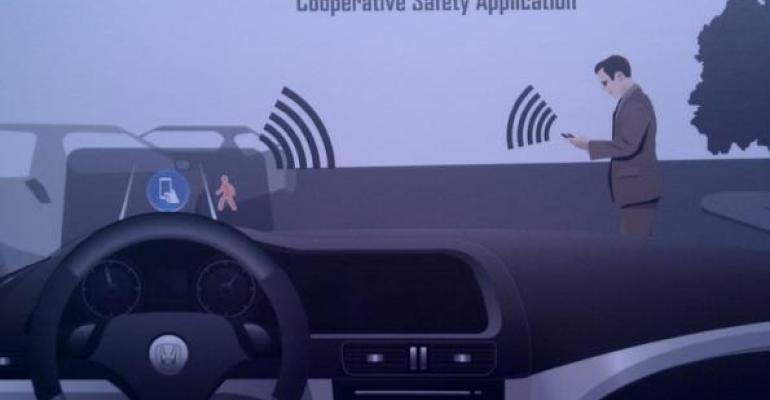Toyota is partnering with the University of Michigan Transportation Research Institute to deploy 5,000 connected vehicles on the streets of Ann Arbor, MI.
“The Ann Arbor Connected Vehicle Test Environment (AACVTE) is a real-world implementation of connected-vehicle safety technologies being used by everyday drivers in Ann Arbor and around Southeast Michigan,” Toyota says in a statement of its participation in the ongoing project.
The Ann Arbor deployment will be the “largest operational real-world deployment” of connected vehicles and infrastructure and AACVTE will build on other connected-vehicle and connected-infrastructure efforts already underway in Ann Arbor, home to the world’s largest dedicated short-range communication test bed.
Toyota employees and their families are invited to participate in AACVTE. Ann Arbor is home to technical centers for the automaker, as well as a design studio.
Participating employees’ vehicles will be outfitted with awareness devices, a small, hidden box with two small antennas placed in the trunk or cargo area. The device will continuously transmit speed and position data to other vehicles and the research equipment placed along roadsides and at intersections.
UMTRI and the U.S. Dept. of Transportation will receive the confidential data gathered by the awareness devices to inform development of V2V and V2I assistance and safety systems for production models.





